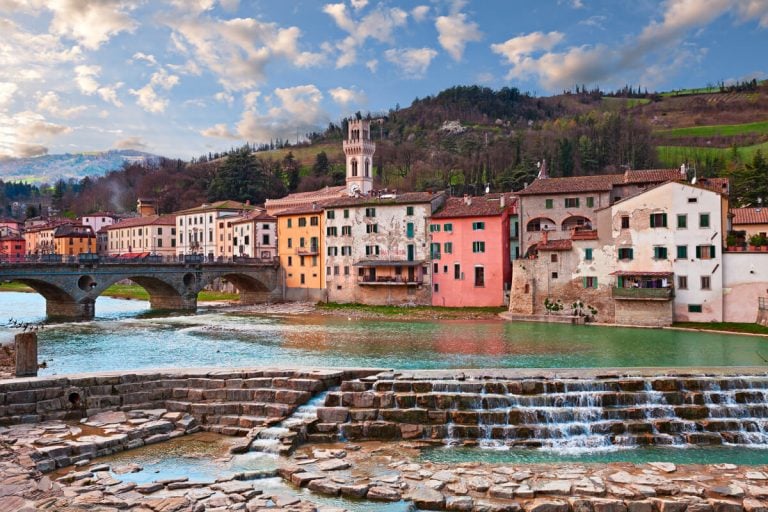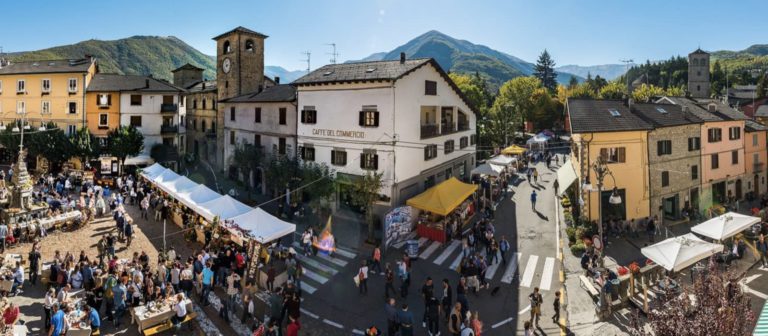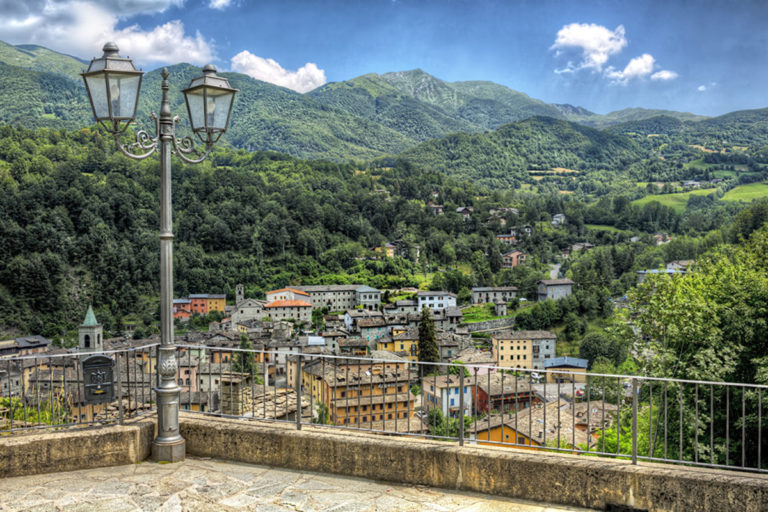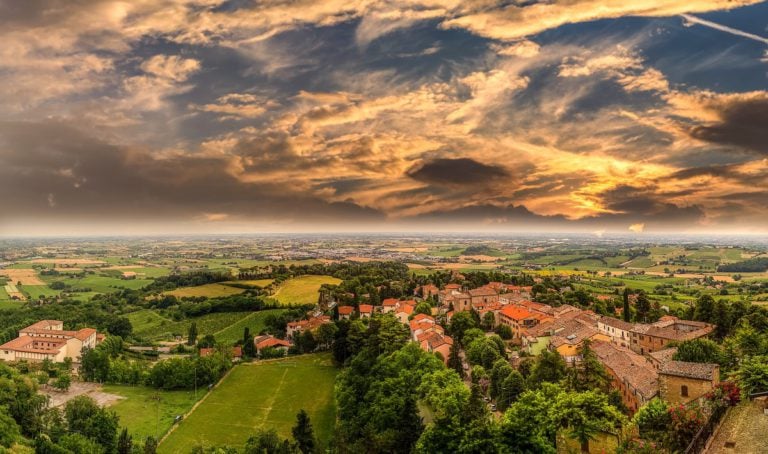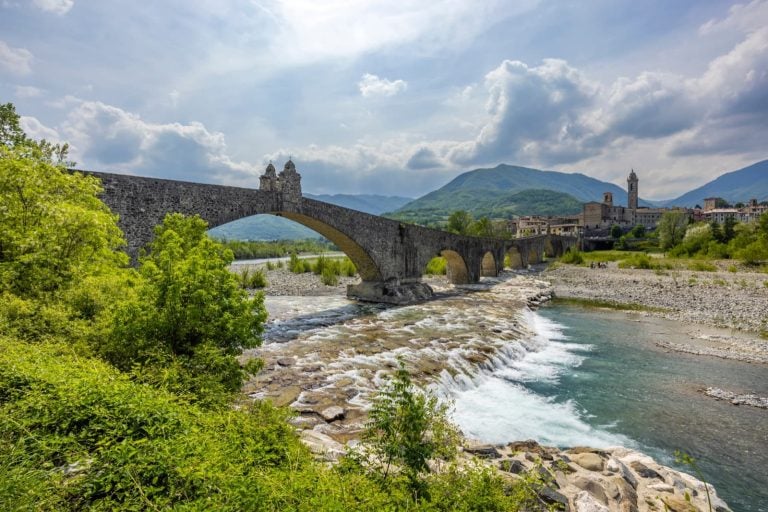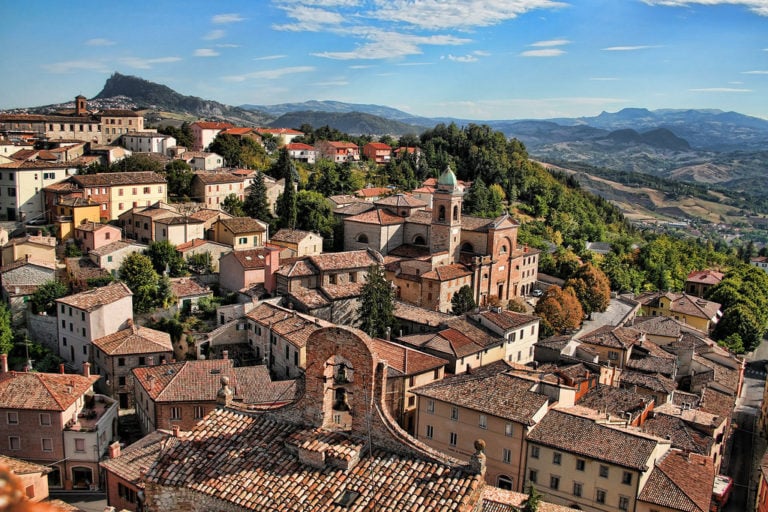Nestling in Frignano Park, in a strategic spot on the border between Tuscany and Emilia-Romagna, the little town of Sestola clambers up the slopes of Mount Cimone on a rocky spur presided over by an age-old castle. Renowned as one of the best ski resorts in the Apennines, Sestola is also a perfect place for mountain bikers, nature lovers and hikers of all ages: its varied natural beauty is a delight all year round.
HISTORY
The town’s origins are truly ancient, as its name derives from Sextus, a Roman general who governed the area. The first written records of Sestola date back to ad 753, when the Longobard King Aistulf made a gift of what was then known as Castrum Sextulae and its surrounding lands to Nonantola Abbey. In the 14th century, the town pledged allegiance to the Estense lords and became the capital of Frignano province, thus settling a long struggle between the cities of Bologna and Modena, who had vied to control it. Sestola was then a fortress guarding the Tuscan-Emilian Apennine border. It was highly important both defensively and for controlling trade with Rome and the south of the peninsula.
In the early 20th century, these remarkable mountains with their varied topography became a favoured destination for the newly formed Italian Alpine Club. Sestola flourished with the many excursions to Mount Cimone, the highest mountain in the Tuscan-Emilian Apennines. With its natural beauty and gently sloping foothills, the town gradually developed into a ski resort, and it is still one of the loveliest and best equipped in the whole of the Apennines.
WHAT TO SEE
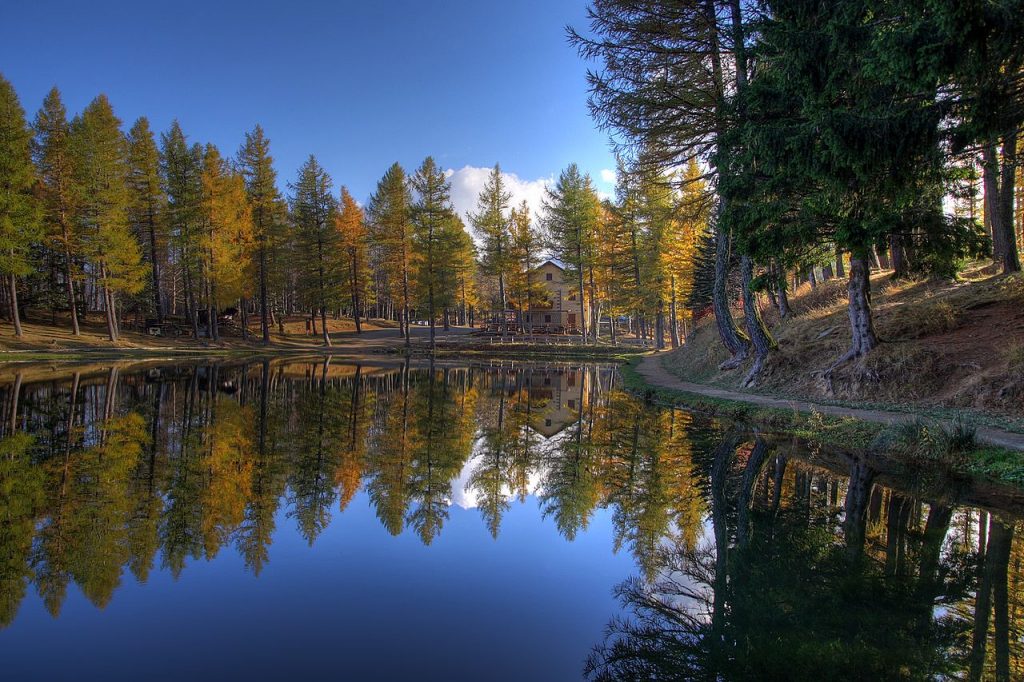
Ninfa’s Lake – Ph. Roberto Ferrari
The municipality stretches vertically from 321 m in the valley bottom at Fondovalle Scoltenna to 2165 m asl on the top of Mount Cimone. The wildlife and the scenery change the higher you go, so get out there and enjoy all that these hills have to offer.
The area down the River Vesale valley is full of oak and chestnut trees, while grapes, grain, and other cereals are also grown there. Most of Sestola’s hamlets are sprinkled hereabouts, and this is the most historically interesting area and also the one that has changed the least, having always being farmed by the local people. The oldest road linking Modena and Tuscany passes through the town, from the now rebuilt Val di Sasso bridge to Trentino di Fanano, where it climbs to Croce Arcana Pass on the ridge.
The mountains above the town, with the tourist resorts of Pian del Falco and Passo del Lupo, rise to the summit of Mount Cimone, an important area for Apennine flora. It is a natural place for winter sports, while in summer the beech and apricot trees spread their boughs over the upland pastures. The area was deserted until a few hundred years ago, and it now looks quite different: the centuries-old beech trees were cut down to make way for grazing and then to power the coal industry. The delightful Lake Ninfa, at a height of 1,503 metres, makes an excellent starting point for a variety of walks and excursions up in the crisp mountain air.
Near the lake, the Esperia botanic garden is an attractive and educational centre of national importance about the indigenous Apennine flora and the non-native alpine plants introduced by the Modena branch of the Italian alpine club (open May–September). Make sure you visit Sestola castle, an ancient fortress that once housed a gaol and a weather observatory and now hosts the Museum of Mountain Civilization and the Museum of Mechanical Musical Instruments. Also, two rooms that were used as kitchens until World War II now present an exhibition of documents, photographs and stage costumes belonging to Teresina Burchi Reiter, a celebrated local soprano.
WHAT TO DO
SPRING
You’re spoilt for choice. Enjoy a walk on Mount Cimone, a spot of mountain sports and some freeriding and downhill biking – by which time you’ll deserve some good local food, too.
SUMMER
Spend a weekend or part of your summer holiday in Sestola to enjoy an afternoon by the lake, a cool, airy evening, and the mountain sunsets – all with the cities of Modena, Florence and Bologna in easy reach.
AUTUMN
A time of glorious colors, long and challenging hikes, and – if you’re lucky – the first snow of the season.
WINTER
Sestola is the queen of the Apennine resorts, with over 30 miles of perfect snow-covered ski slopes backed up by an army of snow guns for you to enjoy a day’s skiing, whatever the weather.
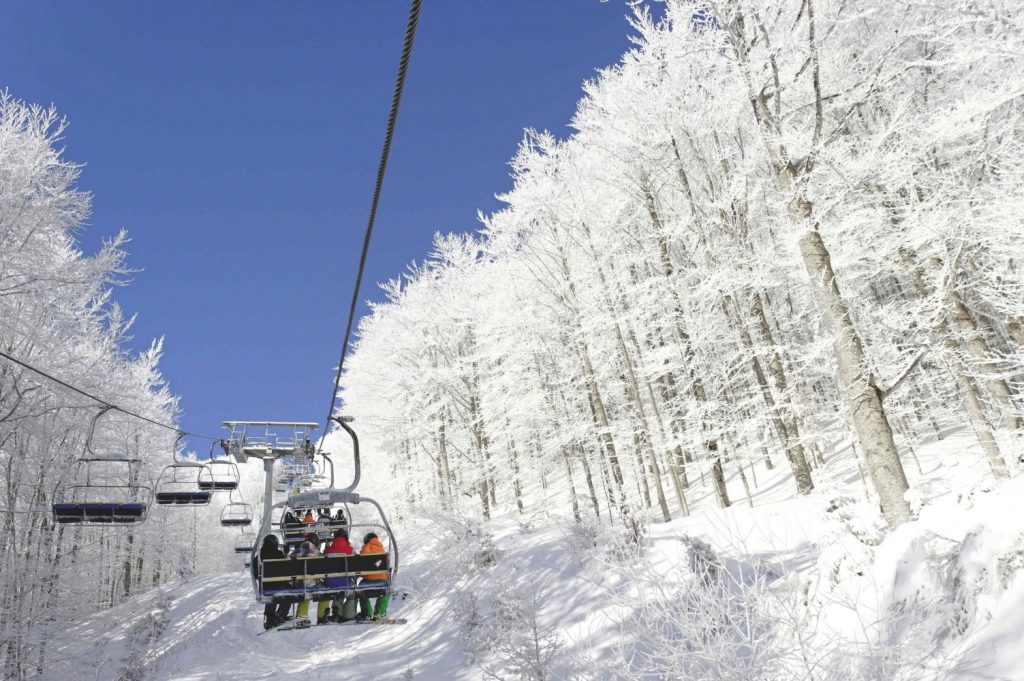
Ski Resort – Ph. Cimonesci
EVENTS
The most popular local events are the Chocolate festival, which draws chocolate makers from all over Italy during the second weekend of October, and the Medieval fair and re-enactment at Sestola castle, on the first weekend of September.
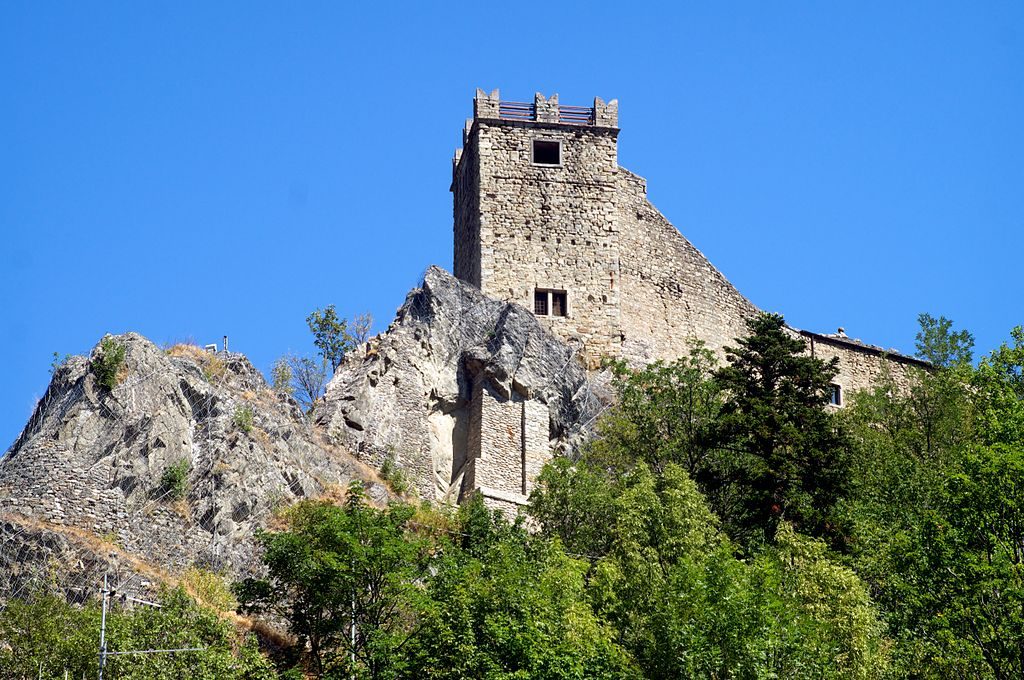
Sestola Castle – Ph. Massimiliano Marsiglietti
FOOD AND WINE
From Crescentine to Borlenghi and Croccanti the repertoire of flavours in the Modena Apennines is ripe for discovering. Sestola has a unique tradition of blending classic recipes with the latest culinary trends.
Be sure to try the traditional crescentina, which are different up here from the ones they make in town, and a specialty par excellence known as tigella (named after the container in which it is cooked), flavoured with lard and Parmigiano Reggiano cheese made with milk from local dairies.
PILGRIM PATHS AND WALKING TRAILS
The nearby village of Fanano is on both of Emilia-Romagna’s routes to Rome: the Romea Nonantolana Way and the Romea Strata (Longobarda) Way
FAMOUS CHARACTERS
Sestola has two noted natives: soprano Teresina Burchi Reiter, a celebrated Wagner performer from the early 20th century, and Ida Galli, the actress who worked with filmmakers of the caliber of Fellini and Visconti and became one of the greats of 1970s Italian cinema.
HOW TO GET THERE
BY CAR
A1 Highway – Modena Sud exit – follow signs for Cimone along the S.P. 623 crossing the villages of Spilamberto and Vignola. In this last town, turn right taking the S.P. 4 and continue through Marano sul Panaro and Casona di Marano to Fanano.
Enter the S.P. 324 and follow for Sestola.
BY BUS
Linea SETA Modena – Vignola – Sestola
BY AIR
BLQ Bologna Airport
The [Emilia Romagna Villages] section is dedicated to Villages that are part of the Associations Borghi più belli d’Italia, Bandiere Arancioni del Touring Club & Borghi autentici d’Italia.
Author

Arturo Castellini
I am a curious explorer from Emilia-Romagna and usually spend my time planning my next trip, searching for the most authentic traditions of the Italian hinterland.
You may also like
Authentic Villages in Emilia-Romagna
by Elisa Mazzini /// December 11, 2024
Fanano: traditions, outdoor sports and Apennine views
by Elisa Mazzini /// September 21, 2017
Fiumalbo: a stone gem at the foot of Mount Cimone
by Davide Marino /// October 12, 2017

Interested in our newsletter?
Every first of the month, an email (in Italian) with selected contents and upcoming events.
Five villages reachable by train in Emilia-Romagna
by Giulia Delaini /// April 12, 2018
The “Orange Flag” Villages in Emilia-Romagna
by Elisa Mazzini /// December 10, 2024
The most beautiful Italian Villages in Emilia-Romagna
by Elisa Mazzini /// November 26, 2024
